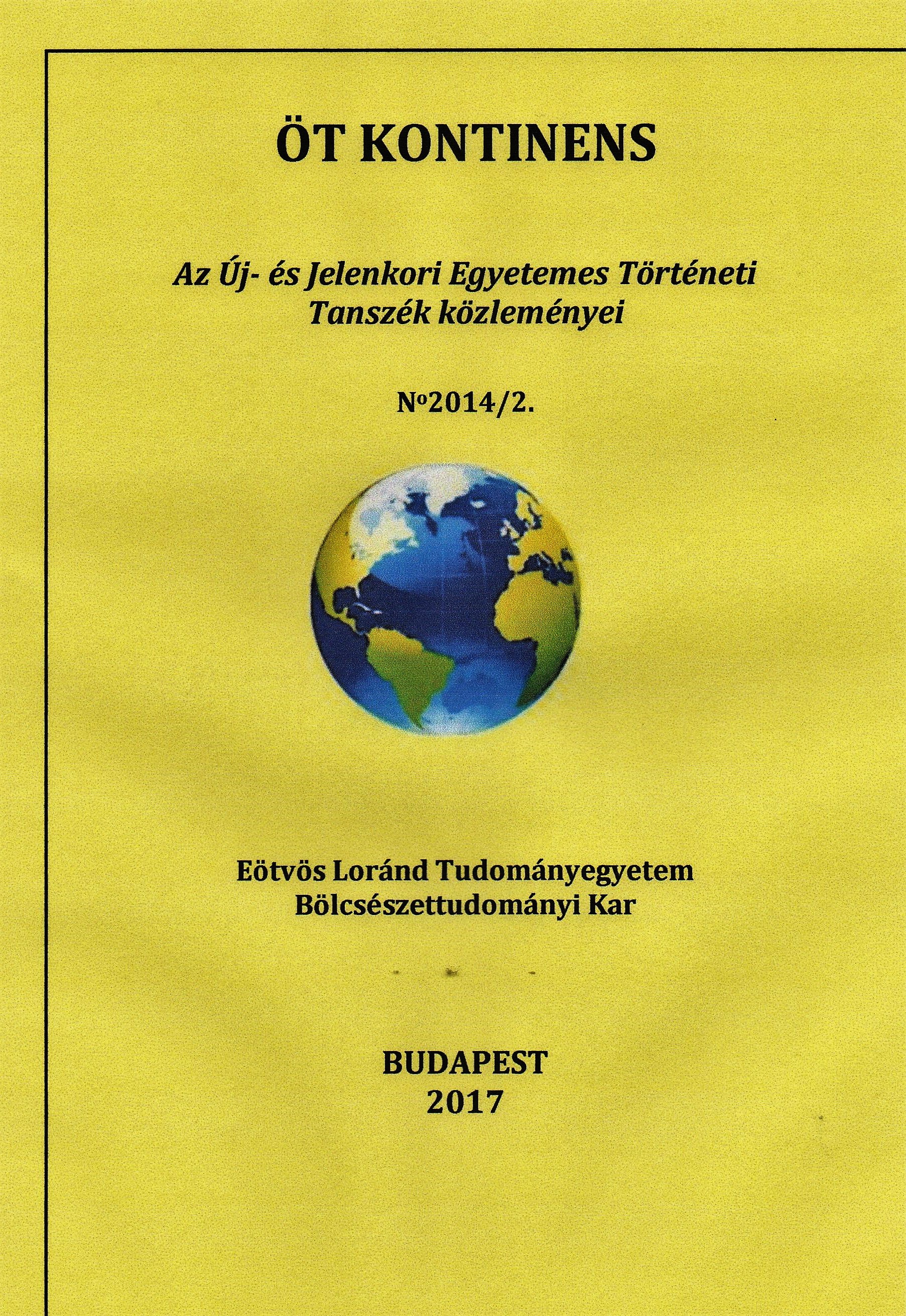The Troubling Interval 1945-1950
Two states created and two nations destroyed (Part Two)
The Troubling Interval 1945-1950
Two states created and two nations destroyed (Part Two)
Author(s): Ramachandra ByrappaSubject(s): Political history, Social history, International relations/trade, Developing nations, WW II and following years (1940 - 1949), Post-War period (1950 - 1989), Inter-Ethnic Relations, Geopolitics
Published by: Eötvös Loránd Tudományegyetem, Új-és Jelenkori Egyetemes Történeti Tanszék
Keywords: India; British-India; Pakistan; Bengal; Bangladesh; Hinduism; Congress; Gandhi; Bose; Nehru; Vallabahai; Brahmanism;
Summary/Abstract: As men dressed in impeccable white tweeds and equally impeccable white silks, topi and Shalwar Kamiz , paraded in the government palaces in New Delhi in 1947, little did one realise that they were planning one of the biggest butcheries in human history. Historians on all sides consciously or unconsciously become part of the blaming game and very interestingly none of them speak of genocide. Most probably to maintain a false sense of respectability to their work or argument. The reality was that two nations were destroyed, Punjab and Bengal. Of the two, Punjab was structurally always kept separate from the 1840s onwards. What happened in 1946 and 1947 was that, the nation within a nation, the Sikh nation was temporarily neutralized at the cost of hundreds of thousands killed and millions scarred for life. The Punjab and Sikh conflict was bound to surface sooner or later because Sikhs, 5% of the population controlling a 95% Muslim population was bound to cause an upheaval, especially in a democratic structure. What was more, the Sikhs were ethnically different from the rest of the population. Here the problem was that a period of peaceful transition was denied, as millions were uprooted within a couple of months of notice. What was even more tragic and by all definition criminal was the systematic destruction of the Bengali nation. Although there were both Hindus and Muslins in this community, both in their big majority were ethnically Bengali. Religion was only a small fraction of their collective identity. Only a few decades earlier a plan by the Brits to divide this nation was crushed because all the Bengalis united behind the integrity of their nation. As historians, what is interesting for us to observe is that even after 1947 this policy continued under Pandit Nehru as Prime Minister. What had started as a plan in the 1840s was in large part completed in the 1940s and 1950s. Whether this was in the interest of the rest of India, it is difficult to say. But what historians can acknowledge is that part of Indian leaders, at the highest level, did participate in the systematic dismantling of the Bengali nation. They are therefore responsible for the bloodshed that resulted directly from their actions.
Journal: ÖT KONTINENS
- Issue Year: 2014
- Issue No: 2
- Page Range: 65-86
- Page Count: 22
- Language: English

